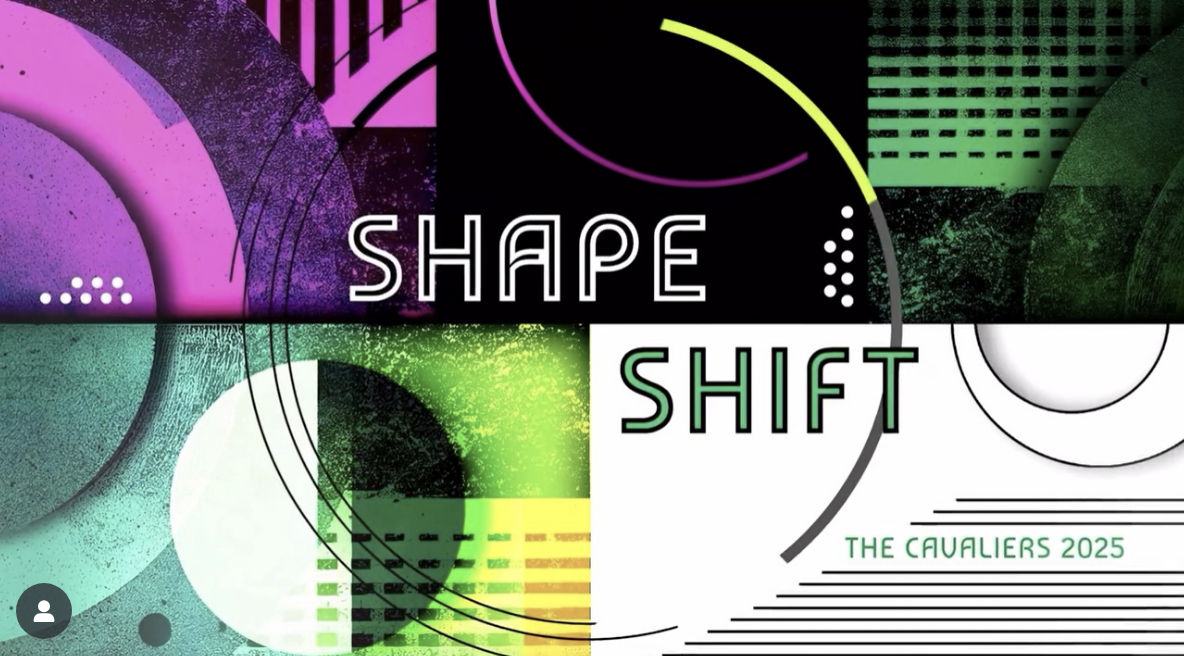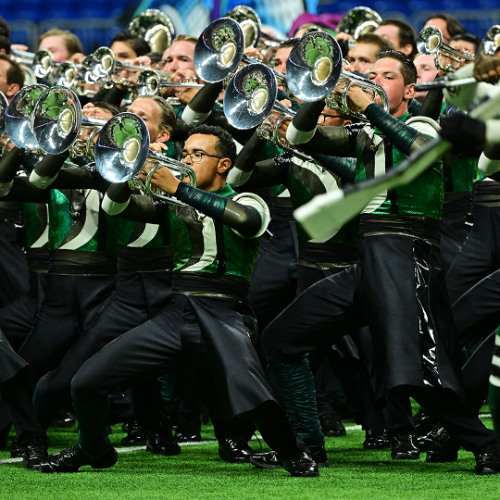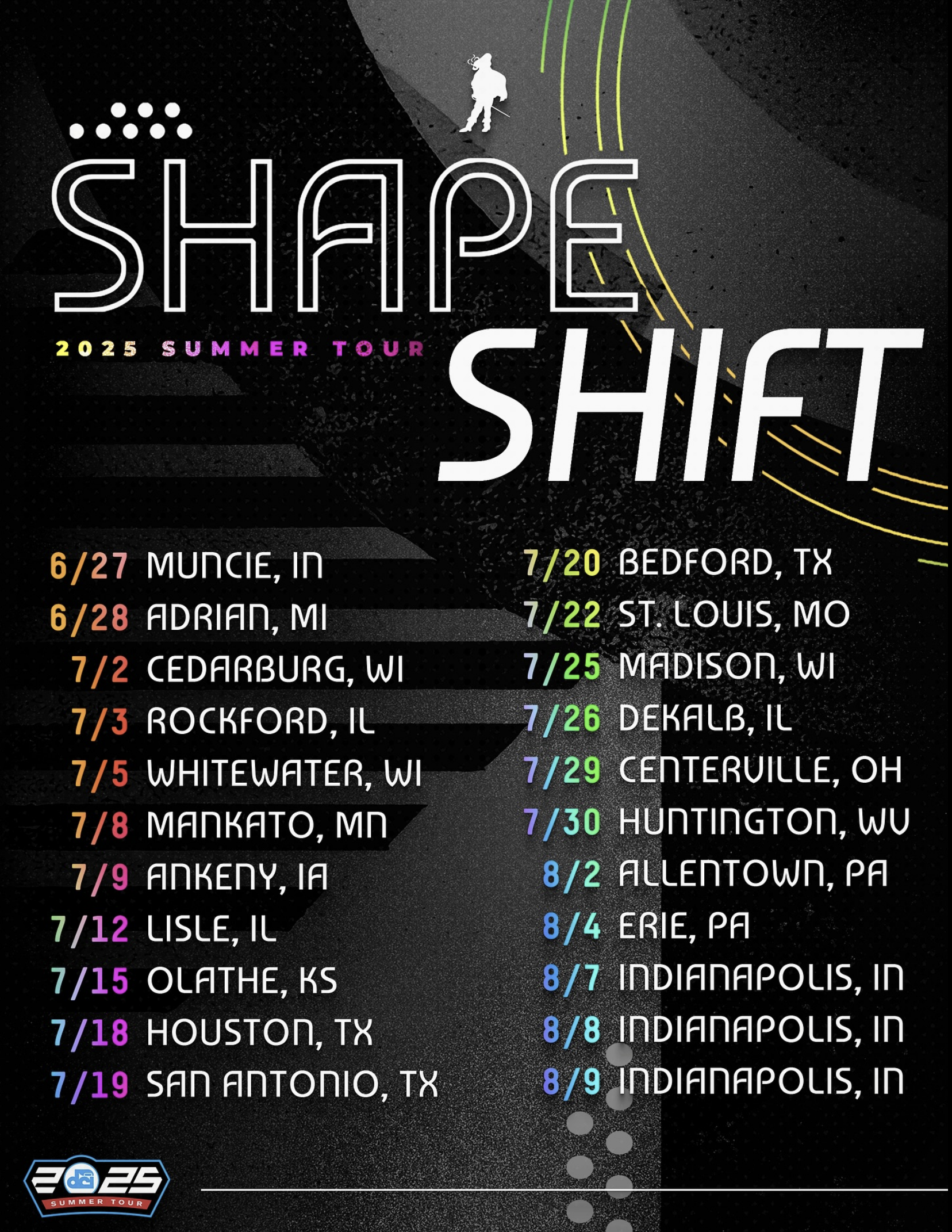
Leviathan (percussion concerto)
Overview
The orchestral materials for this work can be hired directly from the composer at john@jpsathas.com
Leviathan was commissioned as part of the Beethoven Pastoral Project. This initiative by the UN Climate Change and BTHVN2020, was dedicated to promoting action on climate change and the environment during the 250th anniversary year of Beethoven’s birth. The Declaration was formally launched on 5 June 2020, which is the UN World Environment Day. It was presented to the world’s governments by the Secretary-General of the United Nations later that year. The declaration includes the following statement: “We, musicians, artists and creatives of planet Earth, offer our artistic and musical creativity, and our own actions, as signs of our determination to be part of the solutions to current planetary challenges. We want to inspire and be part of that change. We stand with humanity and with Nature.”
LEARN MORE ABOUT THE DECLARATION HERE
From Alexej's performance in Hanover, printed in the Hannoversche Allgemeine Zeitung, 23.5.2025:
The concerto ‘Leviathan’ by New Zealander John Psathas for percussion and orchestra became the artistic highlight of the evening. The exciting orchestral sound and the virtuoso percussion solos combine to create a harrowing tale of man's violation of nature. This effect is particularly evident in the second movement, ‘The final brook’, when Psathas confronts the idyll of Beethoven's ‘Pastorale’ with today's reality by quoting from it.
The second part of the concert then becomes a virtuoso tour d'horizon through the diversity of the percussion world. It only takes a few seconds before the audience rises from their seats in jubilation and an almost endless storm of applause breaks out.
Programme Note
While composing Leviathan, I had in front of me this famous image of Beethoven in the midst of nature, and I wondered what impression the state of today’s natural world would make on this iconic composer.

Our planet is in a very bad way and it seems we can't wait to get to the 'finish line'. The opening movement – Hightailin' to Hell - evokes the human race’s out-of-control race to disaster. There is almost a party-like atmosphere, as if we are dancing at the end of the world.
The junk percussion featured in this concerto, as well as the plastic, and the use of water as percussion, is highlighting the idea of sustainability, pollution, and recycling. There is both a negative and a positive statement being made in the use of these found materials. The third movement – Soon We’ll All Walk on Water - arranges the orchestra around a performance on a single plastic water bottle. This innocuous item, produced, consumed and discarded, in quantities of hundreds of millions every day, is used in the concerto as a vehicle to ominously express the madness of polluting our world with so much plastic. I surrounded myself with images of the huge ‘islands’ of plastic (like the Great Pacific Garbage Patch, and other ‘Trash Islands’) that are now the size of small countries. I imagined these islands all joining together one day, making it possible to walk from Australia to Asia, or England to America. Walking on water, but very far from the divine.
The Final Brook connects directly with Beethoven’s Pastorale Symphony - specifically the ‘Scene by a Brook’ movement. I had revelation after revelation going deep into the Pastoral score. I found that everything - even an accompanying line in the background played by cellos and violas - contained as much love and compassion and warmth as the foreground melodies that we know and love. I brought some of this background into the light. At the end of this movement as the soloist is playing water percussion I was imagining Beethoven by a brook, letting his guard down and having fun himself. Ultimately though, this movement is asking a question - what would Beethoven, such a lover of nature, think if he walked through our woods and countryside today? What level of shock, horror, and heartbreak would he experience? And what music would he write in response to it?
The final movement - A Falcon, A Storm, or A Great Song? – is taken from Rainer Maria Rilke’s poem:
I live my life in widening circles
that reach out across the world.
I may not complete this last one
but I give myself to it.
I circle around God, around the primordial tower.
I've been circling for thousands of years
and I still don't know: am I a falcon,
a storm, or a great song?
As much as it can be, this final movement is about hope; hope for change, to turn things around, to be triggered by the evolutionary pressure that has inspired our survival all this time. But now we need a much more educated hope. We need strength and intelligence in our action. Being passive, and simply wishing for things to be better, will achieve nothing. So, the positivism in this closing movement (true to the spirit of Beethoven) is one of strength and purpose. Of steel, and drums, and momentum and drive. And the duet the soloist has with the solo violin is like a prayer, pleading for another chance. Then more steel and determination….
Premiere Season:
10.10.2021 Berlin Philharmonie with RSB under Markus Poschner
11.10.2021 Hamburg Elbphilharmonie with RSB under Markus Poschner
5.11.2021 first concert Duesseldorf 20:00 with Duesseldorfer Symphoniker under Alpesh Chauhan
7.11.2021 second concert Duesseldorf 11:00
8.11.2021 third concert Duesseldorf 20:00
Listen on Spotify here (tracks 7-10)
Full Instrumentation
4 Flutes (1, 2, 3 dbl Piccolo)
2 Oboes
3 Clarinets in Bb (3 dbl Bass Clar.)
2 Bassoons
Contrabassoon
4 Horns in F
4 Trumpets in C (1 dbl Piccolo Trumpet)
2 Tenor Trombones
Bass Trombone
Tuba
Timpani
4 Percussion:
- 2 Tuned Drums (A1 and C2) – shared with soloist Finger Cymbal
- Snare Drum
- 1 large Taiko Drum
- 1 large Suspended Cymbal Tubular Bells – see note below*
- Piatti
- Triangle
- Whip (loud)
- Bass Drum
- Crotales – see note below* Mark Tree
Strings
(Movement 4 includes violin solo)
Soloist Requirements:
- Junk Metal Station (low A, low B, med 1, med 2, med 3, high ‘bell’)
- Very high Tom or Roto-Tom
- Vibraphone (with motor)
- Glockenspiel
- Finger Cymbal
- Snare Drum
- Water Percussion – requires amplification (one large bowl, played with hands, and colander)
- Water Bottle – requires amplification
- Hi-Hats (2)
- Floor Tom
- Bass Drum (horizontal, played with floor tom)
- Crash Cymbal
- 4 Stones (2 fixed, 2 held)
- 2 Tuned Drums (A1 and C2)
* Tubular Bells
The set needs to be split and positioned in three stations to create an antiphonal effect. All the necessary pitches are contained within a single set of bells (range C3-F4).
The placement of the bells is as follows:
Far left: C3, F4
Centre: D3, D#3, E3, F3, F#3, G3, G#3, Bb
Far right: B3, C4
* Crotales
The set needs to be split and positioned in three stations to create an antiphonal effect.
All the necessary pitches are contained within a single lower octave of crotales (written range C3-C4). The placement of the crotales is as follows:
Far left: D3, Eb3, G#3, A3
Centre: C3, C#3, F3, B3 Far right: E3, F#3, G3
(NB: Middle C = C3)
Newspaper Clippings




Commissioner: Tonhalle Dusseldorf GmbH
Instrumentation: 4(pic:pic:pic).2.3(bcl).3(cbsn) / 4.3(pic).3.1 / timp.4perc / str


















